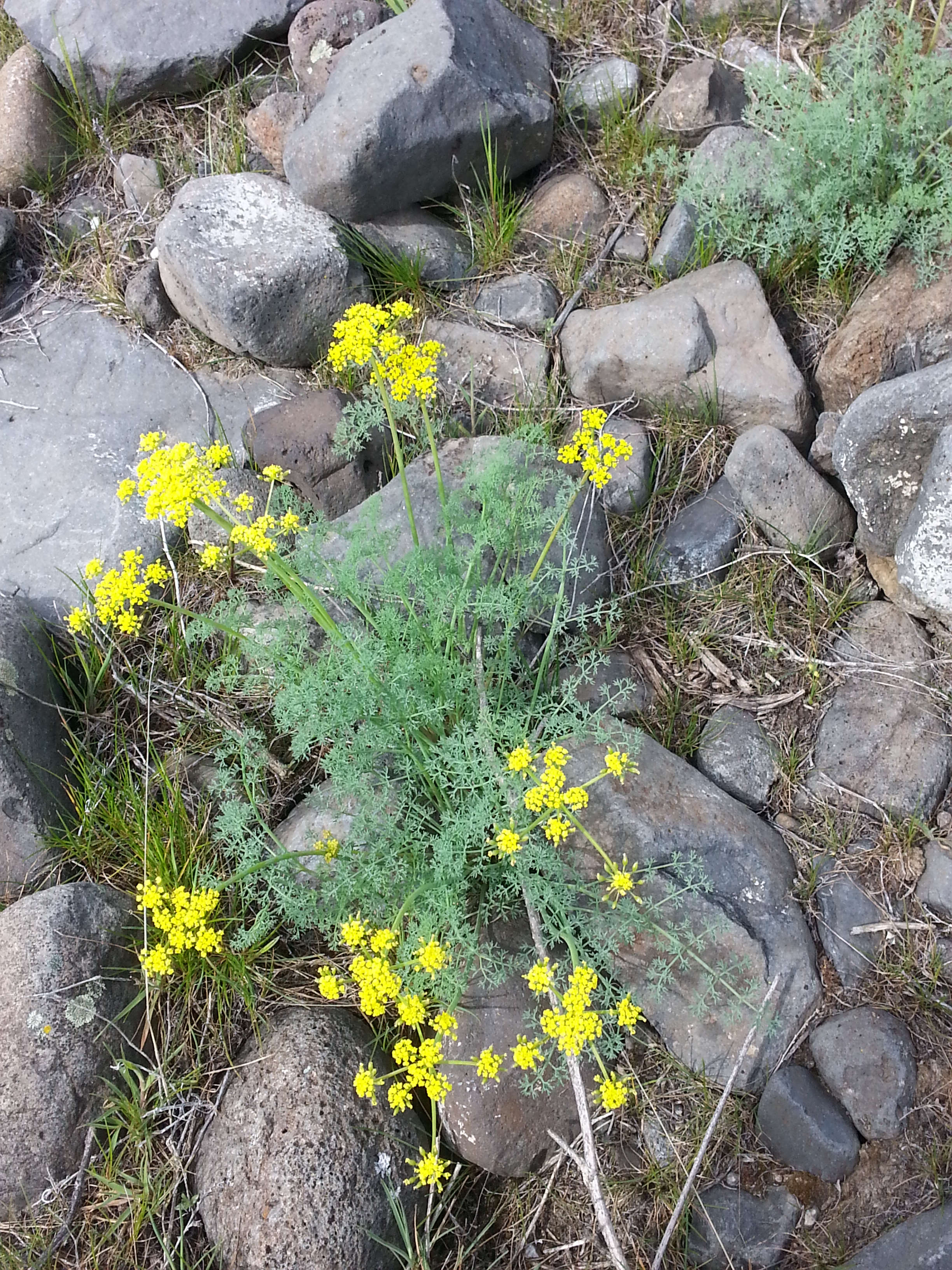The winter months of low hanging clouds on the Washington coast can be difficult. But we're now seeing our first signs that spring is truly around the corner!
The Bloom in Washington
Written and Photographed by Linda Urbaniak
Wildflowers abound in Washington State. They start blooming early in the spring and continue late into the fall with the greatest blooms in April and May. Very few have blossoms in the winter. Their bloom time depends on elevation, amount of sun and temperature so with a warm spring everything will bloom earlier, with a late, cool spring everything will bloom later. They may bloom regularly in an area for years and mysteriously disappear when sought the following year. Part of the fun in discovering our wildflowers is the search for them.
Although there are areas where many wildflowers bloom at the same time, they usually are more sparsely situated. It isn't at all unusual to find just a few flowers in an area. On the other hand, where they bloom in profusion the sight can take your breath away.
One of the earliest is the lovely Grass Widow, Olsynium (once called Sisyrinchium) douglasii, which starts blooming in wet, sunny meadows just after the snow melts. This small bulb has shiny purple/red flowers and soon disappears as the land dries. It can be found north of the Olympic Mountains or east of the Cascades at mid elevations (about 1800-4800 feet above sea level).
Another early bloomer is Spring Gold (Lomatium utriculatum). This is one of the many desert parsleys found primarily east of the Cascades in the same vernal meadows as the Grass Widow as well as in drier slopes, meadows and rocky places. Starting to bloom very early, sometimes even in the late winter, this golden flower will continue to bloom until summer. The ferny leaves resemble fine leafed parsley and are topped with several heads of tiny bright yellow flowers. It can easily be confused with 5 or 6 other Lomatium that are similar and bloom somewhat later.
One early spring flower that almost everyone can recognize is the Skunk Cabbage. Growing primarily on the wet sideand on the eastern slope of the Cascade mountains from sea level to mid elevations, Lysichiton americanus can be found in bogs and wet places in sun or part sun locations it is easily recognized by its bright yellow bract surrounding the spike of small yellow-green flowers.
Our wildflowers are everywhere once you start looking, but few are easily found until you get out and walk through our forests, meadows and dry-lands. Few are exceptionally showy and some are so small you really have to bend down to see their delicate beauty. The Nature Conservancy has preserved areas that will thrill you with the discovery of their blooms, so head for the outdoors to discover the beauty Washington has waiting for you.
























